settings
children
With Famly since
While it couldn’t be further away geographically, in terms of its similarity to the EYFS and other early childhood education pedagogies, it actually isn’t so different.
From birth until school entry, New Zealand emphasises the critical role of social and cultural learning, and of relationships for young children. ‘Relationships’ have historically focused on relationships with people, but this approach to learning puts equal focus on relationships with places and things, too.
Take planting trees, for example. That’s more than just a gardening activity; it’s about strengthening a relationship with the earth and future generations.
The value that underpins the Te Whāriki curriculum, which guides most early years pedagogy and practice in New Zealand, is that children should be:
“Competent and confident learners and communicators, healthy in mind, body and spirit, secure in their sense of belonging and in the knowledge that they make a valued contribution to society.”
Early Child Curriculum, New Zealand Ministry of Education
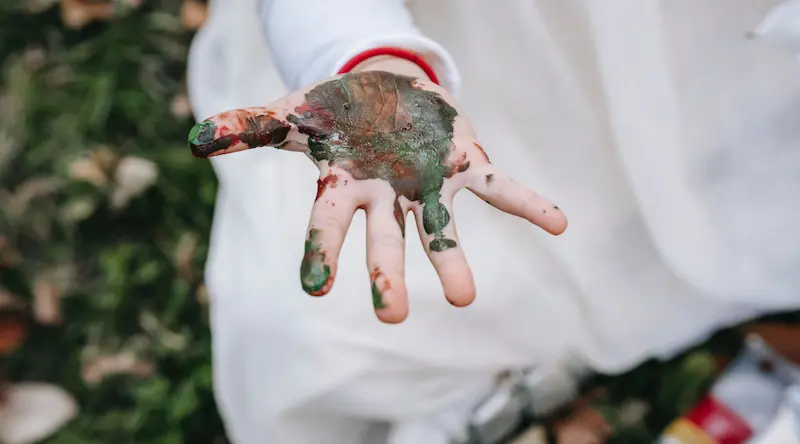
What is Te Whāriki?
The name ‘Te Whāriki’ comes from the Maori language and means ‘woven mat’. This can be visualised as learning and development being woven from the foundational principles, strands and goals.
It can also be understood in a way that nursery teachers can ‘weave their own mat’, as Te Whāriki does not set any guidelines for content or methods. Lastly, it develops the idea that children interact with their environment, and there's an opportunity to learn in every environment.
The content is age-appropriate for three different age groups: infants (birth to eighteen months), toddlers (one to three years) and young children (three years to school-entry age). Te Whāriki puts complete focus on the child and family, and looks at children’s learning through their eyes. It takes into account their potential and their imagination.
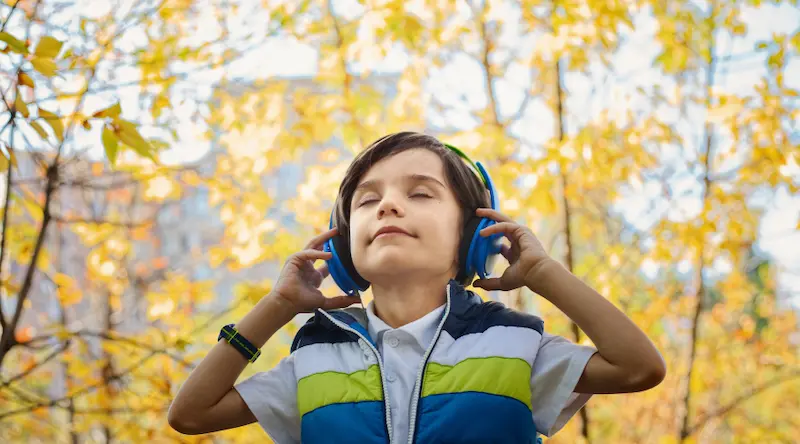
The principles of Te Whāriki
The curriculum is built around four main principles. They are:
- Empowerment (Whakamana)
The curriculum empowers the child to learn and grow.
- Holistic Development (Kotahitanga)
The curriculum reflects the holistic way children learn and grow.
- Family and Community (Whānau Tangata)
The wider world of family and community is an integral part of the early childhood curriculum.
- Relationships (Ngā Hononga)
Children learn through responsive and reciprocal relationships with people, places, and things.
The five strands of development of Te Whāriki
There are five strands of child development which form developmental, cultural, and learning goals.
Strand 1. Well-being
Nurture and protect the health and well-being of the child.
Strand 2. Belonging
Children and their families feel a sense of belonging.
Stand 3: Contribution
Opportunities for learning are equitable, and each child’s contribution is valued.
Strand 4: Communication
The languages and symbols of their own and other cultures are promoted and protected.
Strand 5: Exploration
The child learns through active exploration of the environment.
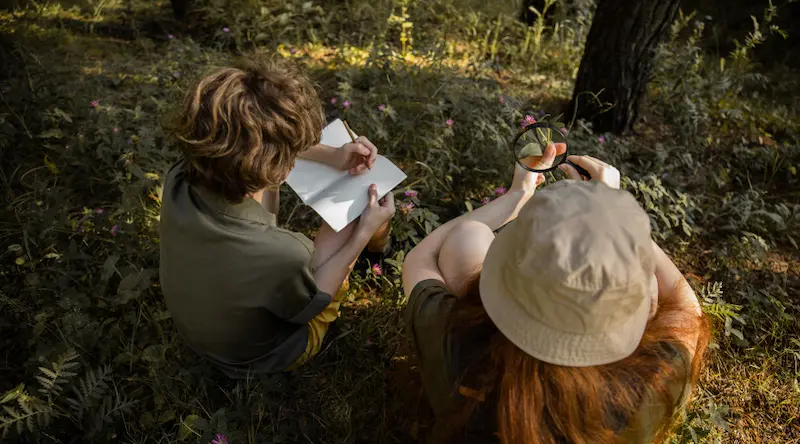
Assessment in Te Whāriki
The Te Whāriki curriculum does not assess children’s learning and development against pre-set milestones - it encourages teachers to understand what children are trying to achieve, and what is possible. Their assessments are purely about supporting children and motivating them to reach their potential.
Margaret Carr brought about the idea that ‘learning stories’ were the best way to assess progress, placing the learner in the heart of the process. It can be hard to assess a child’s development with more holistic curricula, and the idea of ‘learning stories’ is to avoid assessing specific skills and simply checking against a pre-set list.
Practitioners document and photograph children’s learning experiences as a story, which sets up a picture of the child’s overall development and the activities and relationships they have engaged in. These are then shared with the children and families.
7 ways to use Te Whāriki in your Early Years provision
Understanding a new curriculum is the first step if you want to introduce it to your setting - in order to weave new principles in a meaningful way, it's incredibly important to understand why you want to introduce them.
Here are some ways for you to put those big ideas into practice:
1. Learning outdoors
Belonging, Exploration
Activities outside provide opportunities for little ones to feel the breeze, crunch the leaves, and listen to raindrops landing.
2. Pay attention to the emotional environment
Well-being, Belonging, Contribution
So often we hear that ‘children are a product of their own environment’ and it’s important to remember they do not touch, see, or hear passively – they feel, look, and listen actively. Pay attention to what your children instinctively enjoy, you can help them learn a great deal in an environment they feel comfortable in.
The big ideas
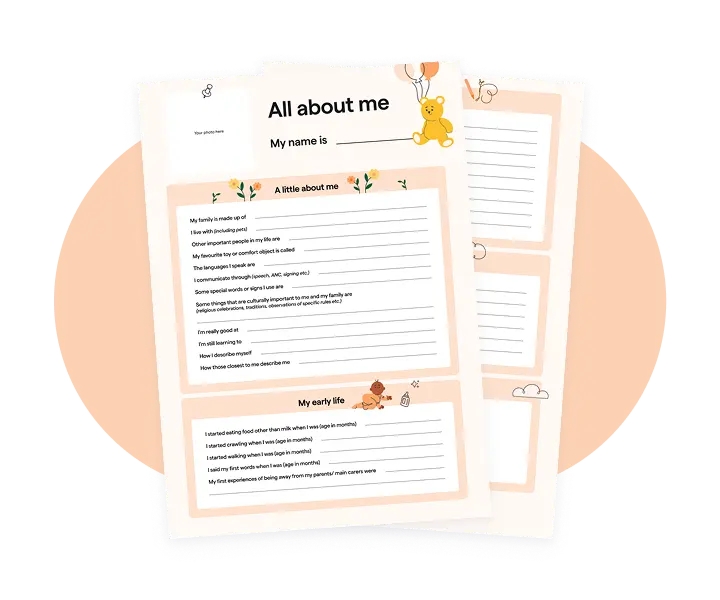
3. Use natural resources or junk play
Belonging, Exploration, Well-being
Hands-on experiences with natural materials offer children opportunities to develop theories about how things work in the living and physical worlds.
Playing with these can help them understand the features of their natural environment, and develop a sense of respect and responsibility for natural resources. Think about materials such as shells, bark, sponges, stones, leaves, flowers, sticks, moss, rocks, pine cones, fur, or feathers.
4. Incorporate both independent and interactive play
Contribution, Communication
The Te Whāriki approach suggests that children should learn with and alongside others. However, it is also important to make sure that children have a strong sense of themselves. They need opportunities to play on their own, allowing their imagination and problem-solving skills to develop as well as their physical skills.
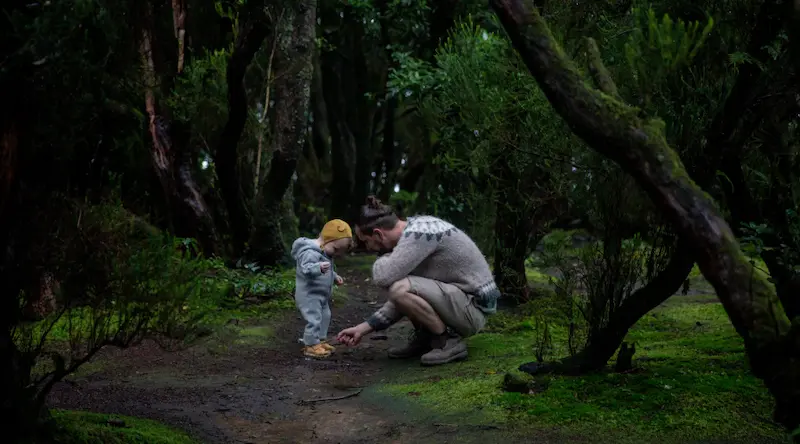
5. Messy play
Communication, Exploration
Messy play materials provide satisfying sensory experiences that can stimulate emotional well-being and growth. Children actively explore using their bodies and all their senses, as well as the use of tools, materials and equipment.
6. Music
Belonging, Contribution, Well-being, Communication, Exploration
Making music with instruments can help children develop a lot of skills as it’s a multi-sensory experience for them.
Music activities might require children to wait their turn, listen to each other, hold their instrument still until they have to play, and respond to changes in the music (playing loudly or softly when required). Children develop a respect for one another and begin to understand the ‘rules’ of participation.
7. Drama
Belonging, Contribution, Well-being, Communication, Exploration
Getting your children to use gesture and movement to express themselves is very healthy. Children develop the capability to be expressive and they can discover different ways to be creative. Drama and acting encourages children to play and learn alongside each other.
Try learning journals for free
Add observations, and build digital learning journals to share with families instantly. All with your completely free 14-day trial.
Get started








